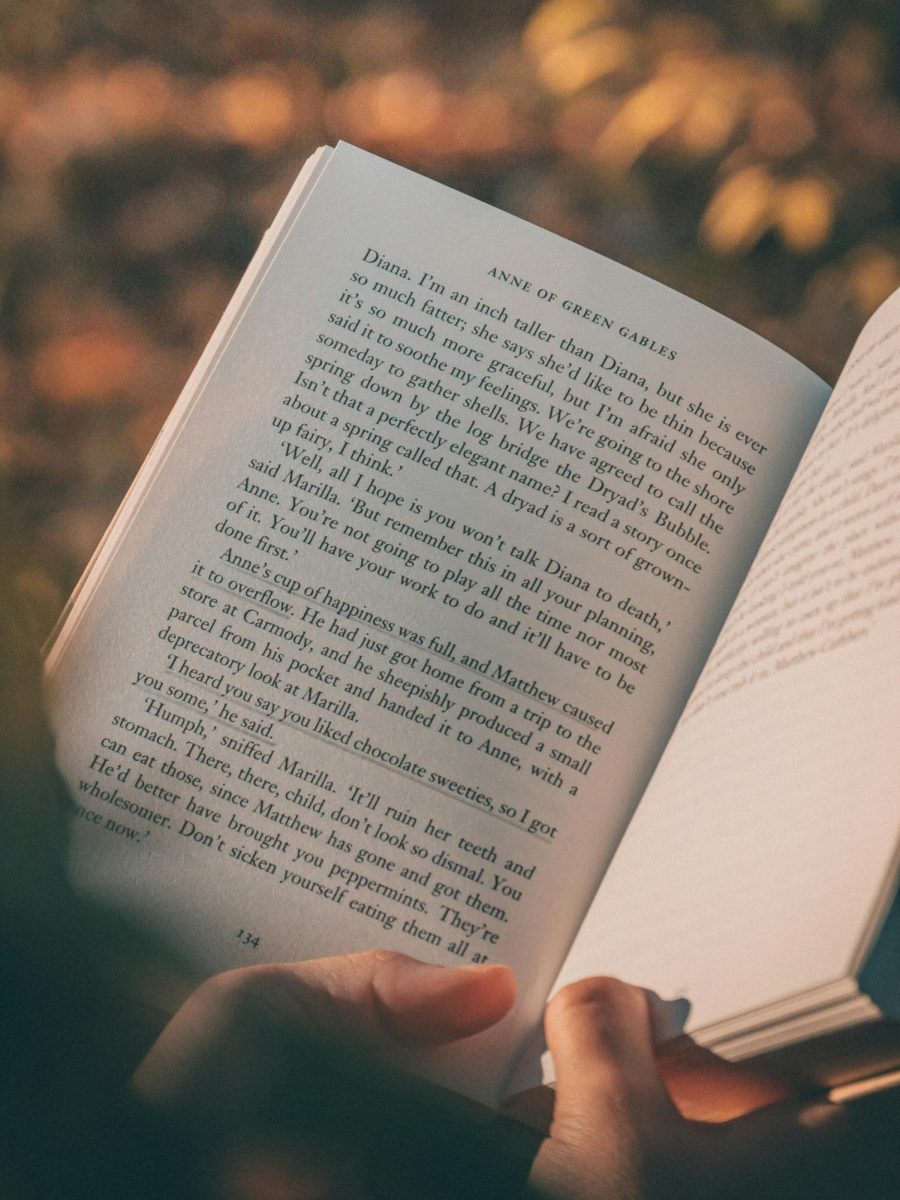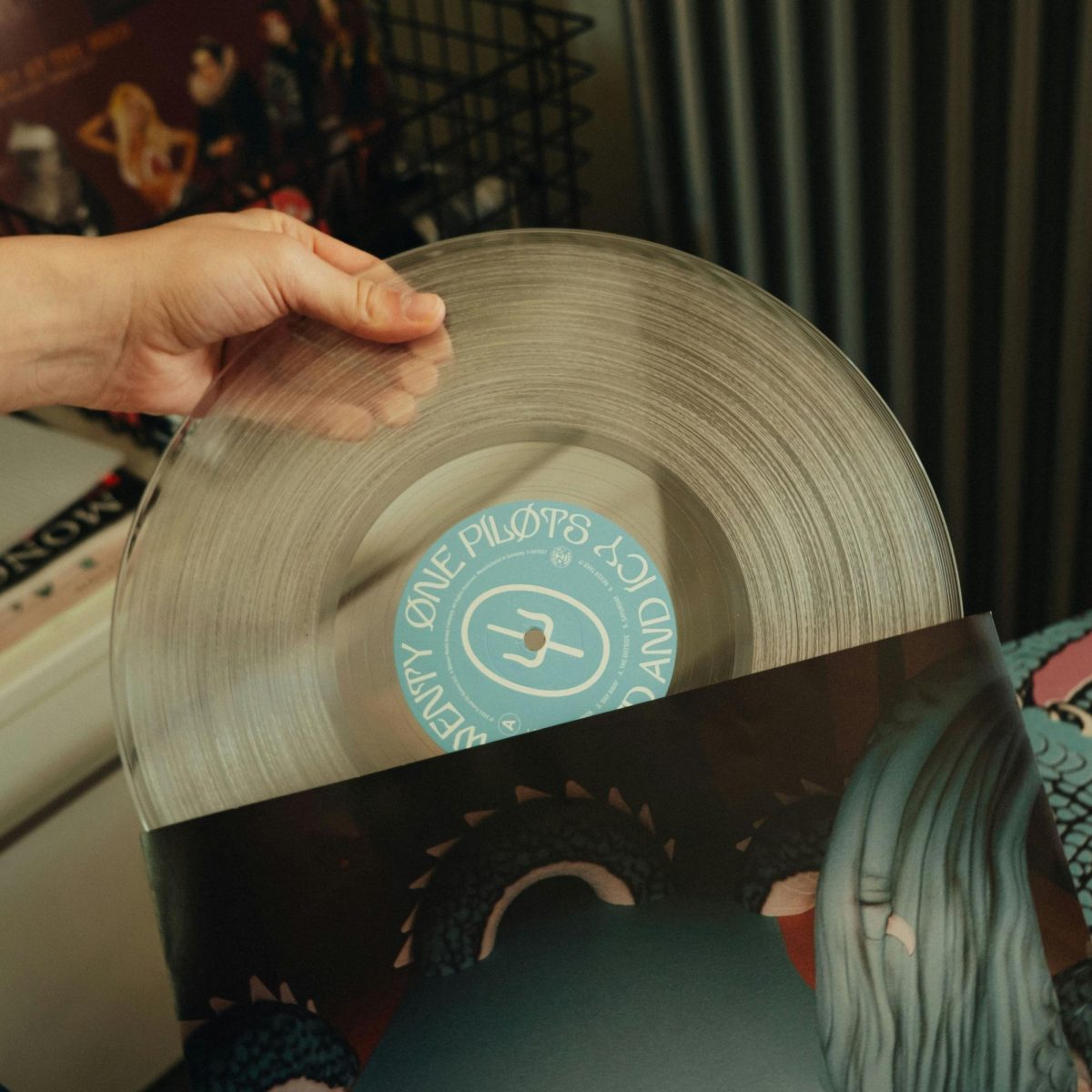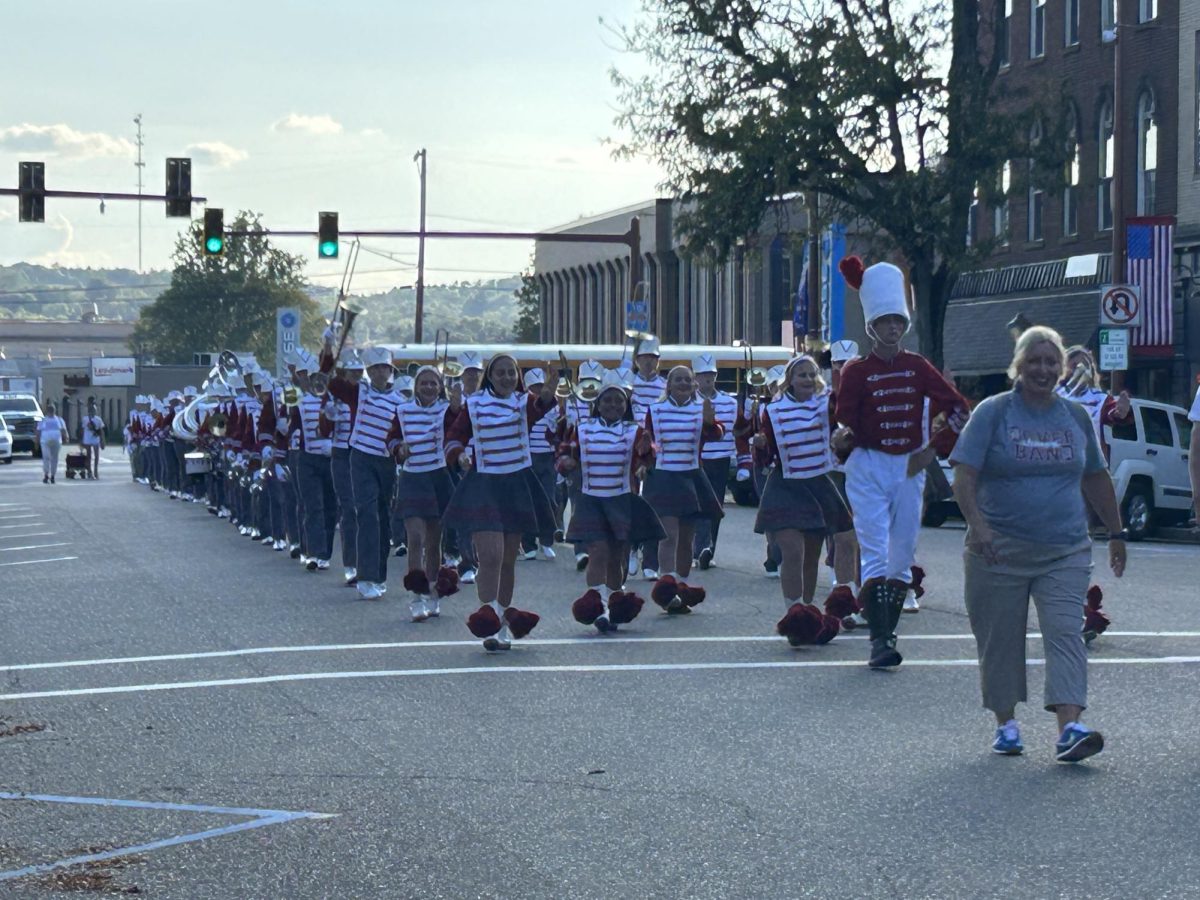A few months ago, I was rewatching Greta Gerwig’s cinematic rendition of Little Women, when a wave of deja vu came over me during the scene in which Jo rejects Laurie’s proposal. Now of course, I had seen this movie before and read the book, so the scene should obviously seem familiar, right? I let it go for the time being, but I just couldn’t seem to get the idea out of my head that I had heard this before.
To set the scene…
The protagonist, Jo March, and her best friend and neighbor Theodore (Laurie) Lawrence are on a walk in the countryside of Massachusetts. They are talking about how everything is changing in the world, and their lives are going to be different. If you have read the book or seen the movie, it is obvious to the viewer that Laurie is in love with Jo from the beginning and wants to marry her. In this scene, he finally proposes. Jo is upset and rejects him because she can only see Laurie as a friend and nothing more. The two have an argument and Jo tries to convince Laurie that they could never be together, but he is upset and storms off, not willing to accept the fact that he was just put in the friend-zone.
It took me some time to figure out where I had heard this before, but then it hit me: the 1985 Anne of Green Gables movie sequel. I grew up reading all of the Anne of Green Gables books, so once I realized this, I had to wonder if this meant L.M. Montgomery essentially copied the proposal scene directly from chapter 35 of Little Women. I began my search and finally found the scene in chapter 20 of Anne of the Island, the third book in the series. Written 47 years after the publication of Little Women, the proposal scene in Anne of the Island seemingly gives Anne and Gilbert, the main characters in the story, an improved alternate ending to the fate of Laurie and Jo. It seemed more as if L.M. Montgomery was inspired to give her characters the ending she always wanted to see Laurie and Jo have, rather than an attempt to steal the plot of Alcott’s novel.
Similarities
The similarities between the proposals do not stop at the initial premise of the scene. Both Anne and Jo had been actively avoiding being proposed to for a while now and deny that there is “someone else” when the boys ask why they are being refused. Although the dialogue in the books strongly resemble one another, the most striking similarities lie between Greta Gerwig’s 2019 film adaptation of Little Women and Kevin Sullivan’s adaptation of Anne of Avonlea. In these two movies, the dialogue in these scenes is almost identical. Both Anne and Jo argue that they would both be unhappy in a relationship and that Gilbert and Laurie deserve better. Neither of the girls want to lose their best friend, but they can’t justify getting married when they are not in love.
Differences
It is no secret that the most obvious difference between these two couples is that in the Anne of Green Gables series, Anne and Gilbert end up getting married while in Little Women, Jo and Laurie do not get their happily ever after that everyone hoped for. Although the original text of the novels are fairly similar in these chapters, they are not copied word-for-word from each other like the Anne of Avonlea movie seems to be from the Little Women book. As to the differences between Laurie and Gilbert’s confessions, the former was much more vocal about his dissatisfaction for being rejected. Laurie threw a bit of a fit when Jo said she did not and could never love him, but Gilbert just dejectedly walked away. Judging by the two novels’ outcomes, we all know who this situation worked out for in the end.
Conclusion
From these findings I have determined that the proposal scene in Anne of the Island was inspired by Little Women, not a copy of it. However, I don’t think the same can be said for the film adaptations of the two novels, seeing that the script from the proposal scenes is almost identical. Don’t get me wrong, I love both of these stories, and I think it’s cool L.M. Montgomery admired L.M. Alcott enough to replicate her work in this chapter of the book. I think it is important to see these connections in literature and see how authors influence each other, and this example is no different.








